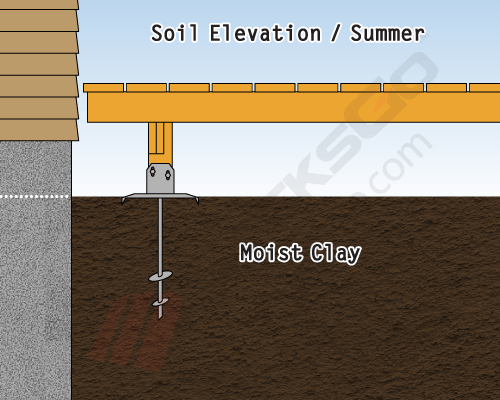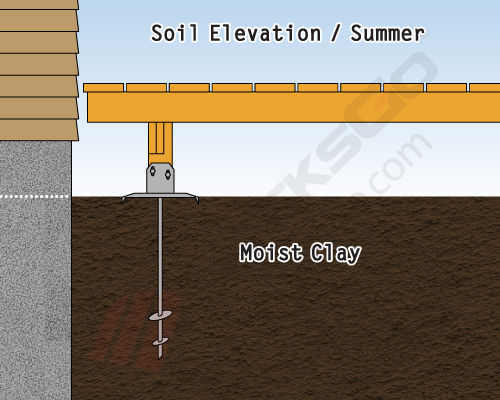Titan Deck Foot & Freeze Thaw Cycles
by Dean
(Edmonton)
I live in Edmonton and I'm wondering if the 2' Titan Deck foot is sufficient in our area due to the depth of freezing over the winter.
I'm building a 14'x 21' deck this spring with 6 - 8 posts.
Will the deck foot anchor perform suitably with a clay base.
Would the 3' be a better option.
Comments for Titan Deck Foot & Freeze Thaw Cycles
|
||
|
||
What about Frost Zones and Floating Decks
by John
(Michigan)
Please advise whether your Titan Deck Footings can/should be used in freeze zones where the frost line is 4 feet below grade.
I will be constructing a detached deck at my home this summer, and prefer your design to deck blocks, but the issue of the freeze/thaw cycle is not addressed in your literature.
Comments for What about Frost Zones and Floating Decks
|
||
|
||
|
||




























